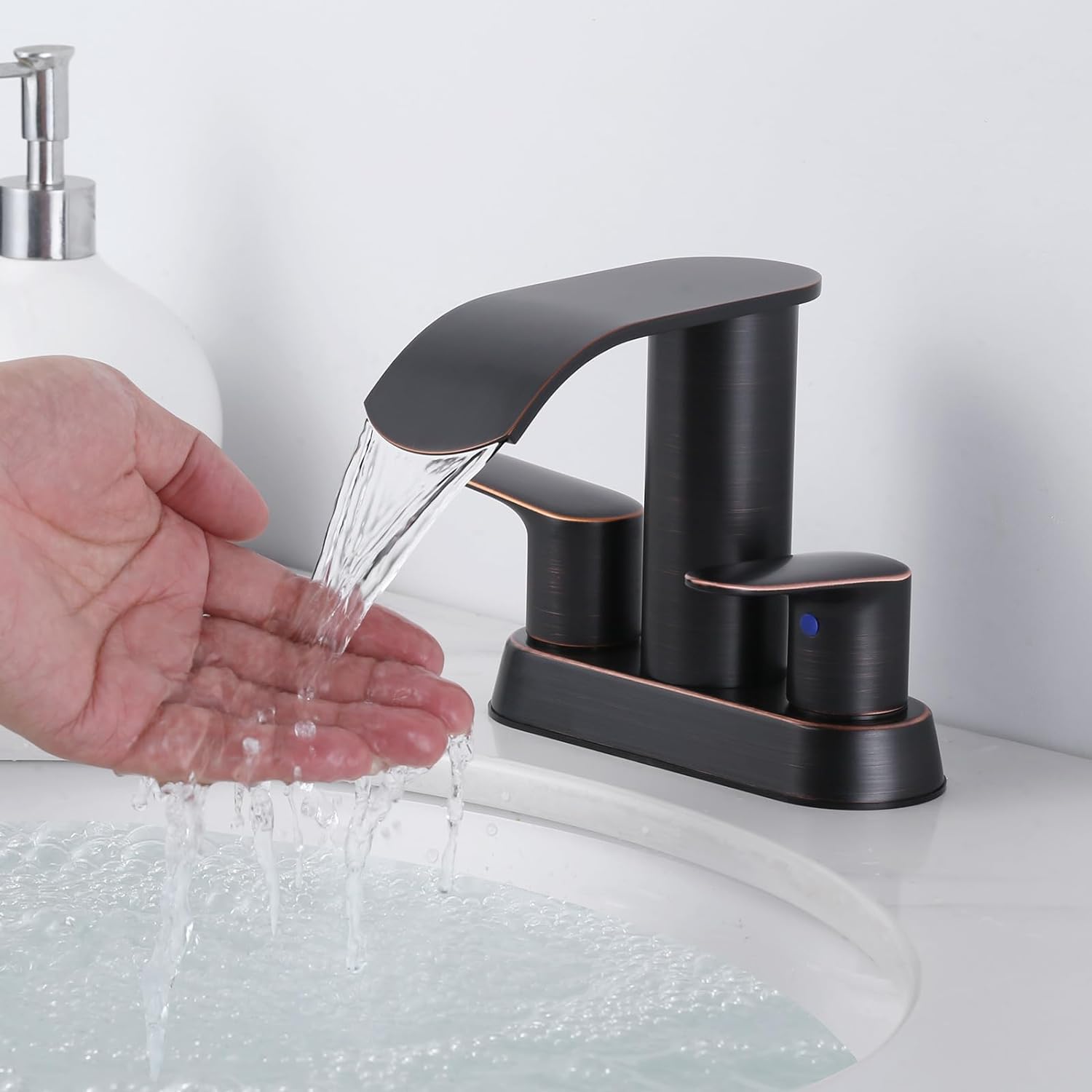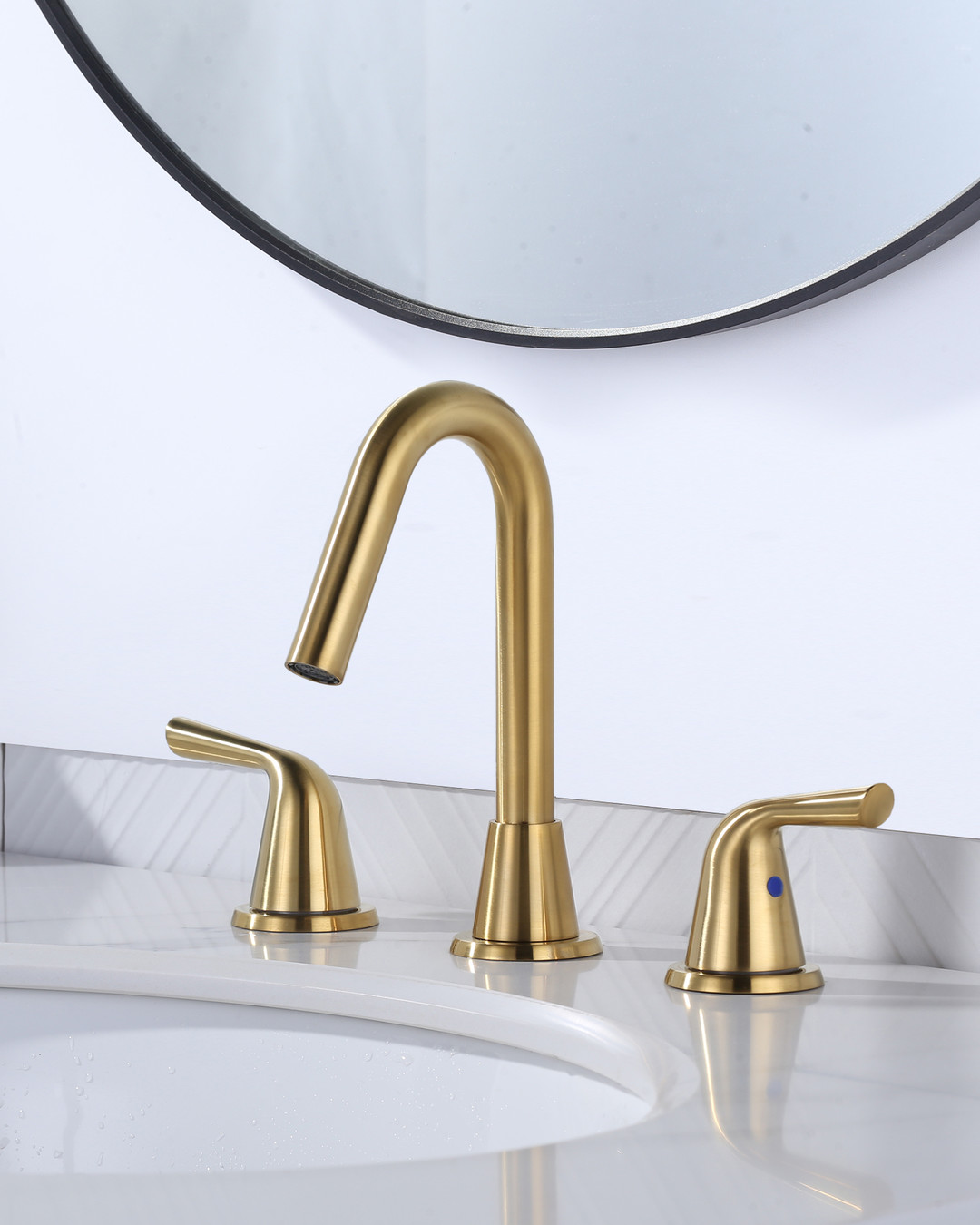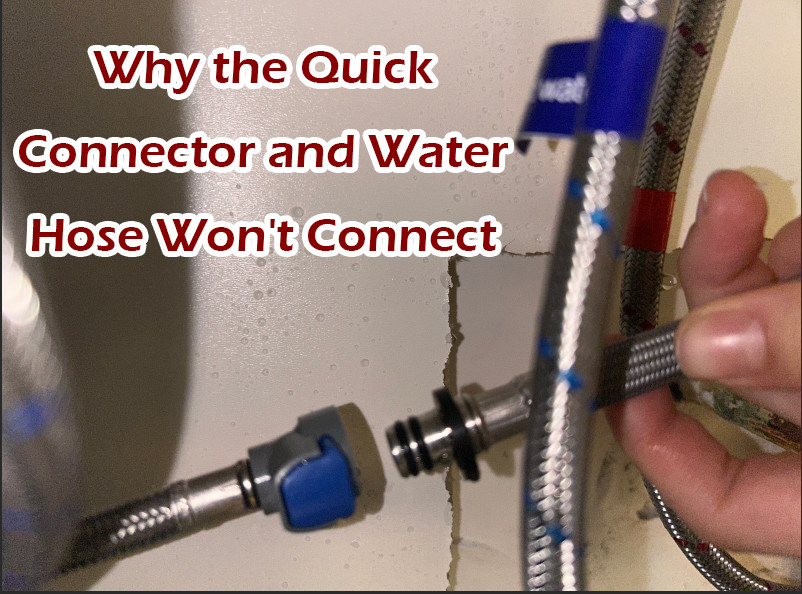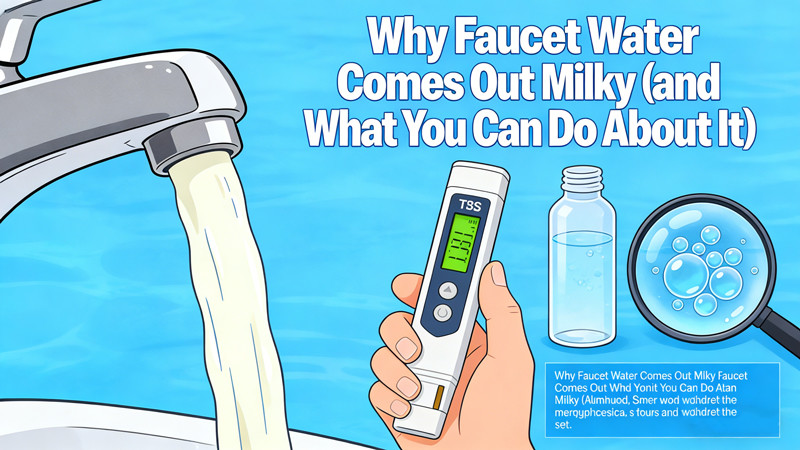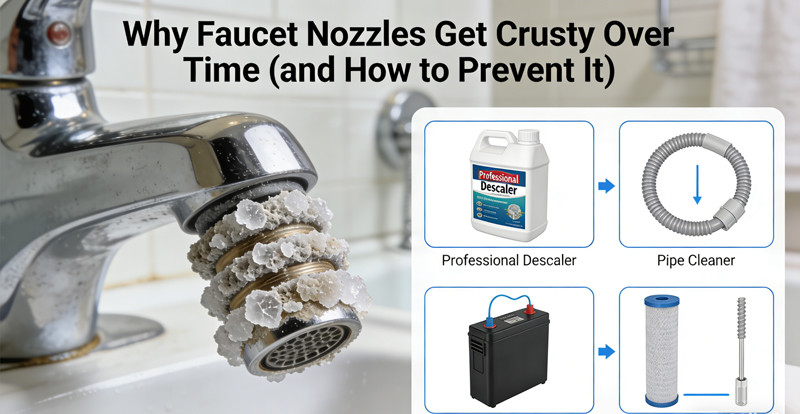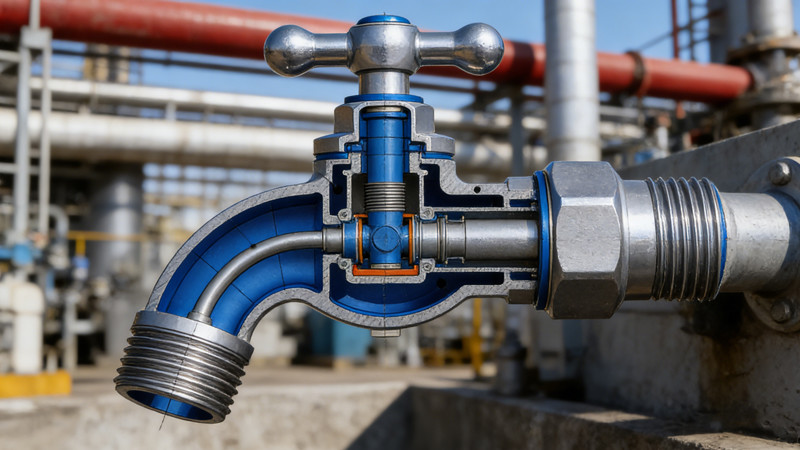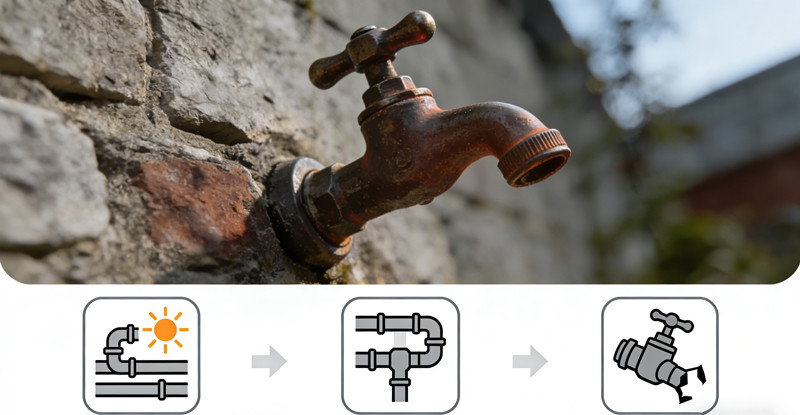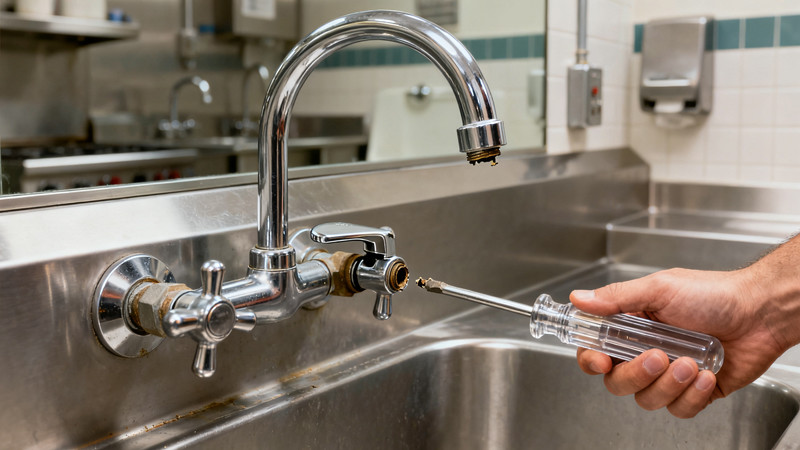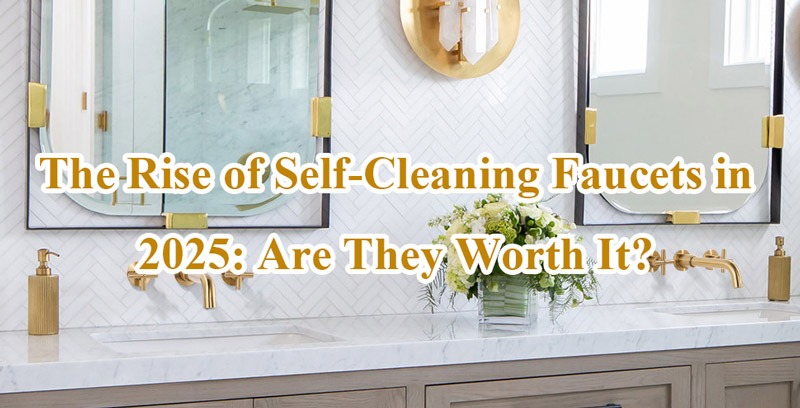
In an era where technology is rapidly evolving, the quest for convenience and efficiency has permeated every aspect of our lives, including home design and maintenance. Faucets, long considered simple yet essential elements of our kitchens and bathrooms, are no exception to this trend. Among the most intriguing innovations in faucet design is the rise of self-cleaning faucets, which are becoming more popular in 2025. But are these high-tech faucets truly worth the investment? In this post, we will explore the technology behind self-cleaning faucets, the benefits they offer, and whether they are a worthwhile addition to your home.
What Are Self-Cleaning Faucets?
Self-cleaning faucets are faucets designed with built-in mechanisms or coatings that help keep them clean and free of buildup without the need for frequent manual cleaning. While traditional faucets require regular scrubbing to remove mineral deposits, soap scum, and bacteria, self-cleaning models are engineered to tackle these problems automatically, reducing the need for elbow grease.
Self-cleaning faucets typically use a combination of advanced coatings, UV light, and hydrophobic technologies to minimize the accumulation of dirt, grime, and other contaminants. These faucets may also feature built-in systems that prevent mineral buildup or use sensors to trigger self-cleaning cycles.
How Do Self-Cleaning Faucets Work?
Self-cleaning faucets operate through a variety of mechanisms, which vary depending on the manufacturer and model. However, most rely on one or more of the following technologies:
- Antimicrobial Coatings: These are special finishes or treatments applied to the faucet’s surface to resist bacterial growth and prevent the buildup of grime. For example, many faucets now use copper or silver coatings, both of which have natural antimicrobial properties. These coatings can inhibit the growth of bacteria, mold, and mildew, keeping the faucet cleaner for longer periods.
- Hydrophobic and Oleophobic Coatings: These coatings cause water and oils to bead up and roll off the faucet’s surface rather than sticking to it. As a result, water spots, fingerprints, and soap scum are less likely to accumulate, making the faucet easier to maintain and reducing the frequency of cleaning.
- UV-C Light: Some advanced self-cleaning faucets integrate UV-C light technology to sanitize the faucet. UV-C light can kill bacteria, viruses, and other pathogens by disrupting their DNA. When incorporated into a faucet, UV-C light can be activated automatically to sanitize the faucet’s surface and internal components, helping to maintain a hygienic environment.
- Self-Cleaning Sprayers: In some models, the faucet may be designed to spray water in a way that helps clean itself. These sprays often use high-pressure streams of water to dislodge any built-up minerals or grime from the faucet’s surface, ensuring that it remains cleaner for longer periods without additional effort from the homeowner.
- Automatic Cleaning Cycles: Certain self-cleaning faucets feature an automatic cleaning cycle that runs at specific intervals or upon detection of build-up. These cycles can involve running water through the faucet at high pressure or activating built-in UV light for a short duration to keep the faucet sanitized.
Benefits of Self-Cleaning Faucets
1. Reduced Maintenance Effort
One of the most significant advantages of self-cleaning faucets is the reduction in time and effort required for cleaning. Traditional faucets can accumulate hard water deposits, soap scum, and dirt, requiring regular scrubbing and maintenance to keep them looking clean. Self-cleaning faucets, on the other hand, reduce or eliminate the need for frequent scrubbing, as their built-in technologies actively prevent the buildup of minerals, dirt, and bacteria. This is particularly valuable in high-use areas like the kitchen, where faucet cleanliness is essential for hygiene and aesthetics.
2. Improved Hygiene
Faucets are some of the most used fixtures in a home, and they can become breeding grounds for bacteria and germs, especially in bathrooms and kitchens. Self-cleaning faucets, particularly those with antimicrobial coatings and UV-C light, help maintain a cleaner and more hygienic faucet by actively sanitizing the surface and preventing bacterial growth. This is especially beneficial in households with children, elderly members, or anyone concerned with maintaining a germ-free environment.
3. Longer Lifespan
The use of advanced coatings, like hydrophobic and antimicrobial finishes, can also help extend the life of a faucet. These coatings prevent corrosion and mineral buildup that can degrade the faucet’s surface over time. By reducing the need for harsh cleaning chemicals and scrubbing, self-cleaning faucets maintain their finish and appearance for a longer period, which can translate to fewer repairs or replacements.
4. Aesthetic Appeal
Self-cleaning faucets can maintain a more polished appearance with less effort. Without the need for constant cleaning, the faucet’s surface stays free of water spots, fingerprints, and stains, maintaining its shiny, new look. This is especially important for homeowners who value aesthetics and prefer a faucet that looks sleek and modern without constant maintenance.
5. Water Conservation
Some self-cleaning faucets incorporate water-saving technologies, such as aerators that reduce flow without sacrificing performance. By using less water during cleaning cycles and daily use, these faucets can help conserve water over time, which benefits both the environment and your utility bills.
Are They Worth the Investment?
While self-cleaning faucets offer numerous benefits, they come at a higher initial cost compared to traditional models. Whether they are worth the investment depends on several factors:
- Convenience vs. Cost: Self-cleaning faucets can save you time and effort by reducing the frequency of cleaning. If you’re someone who dislikes scrubbing hard water stains and grime, or if you have a busy lifestyle, the convenience factor might justify the additional cost.
- Household Needs: If you have a large family, particularly with young children or pets, a self-cleaning faucet’s hygienic benefits may be a worthwhile investment. The ability to keep surfaces free of germs and bacteria automatically can provide peace of mind in high-traffic areas like the kitchen.
- Long-Term Savings: While self-cleaning faucets may be more expensive upfront, they can save you money in the long run by preventing the need for frequent repairs, replacements, and cleaning products. Moreover, their durability means they may last longer than traditional faucets.
- Environmental Considerations: With many models incorporating water-saving features, self-cleaning faucets can also contribute to a more eco-friendly home. If sustainability is a priority for you, a self-cleaning faucet could be a wise choice.
Conclusion
The rise of self-cleaning faucets in 2025 is a testament to the growing demand for convenience, hygiene, and sustainability in home fixtures. These faucets offer numerous benefits, including reduced cleaning time, improved hygiene, longer lifespans, and aesthetic appeal. However, the higher upfront cost may not make them a suitable option for everyone. For those looking for a more hands-off approach to faucet maintenance or seeking a more hygienic, eco-friendly solution, self-cleaning faucets are undoubtedly worth considering. As technology continues to evolve, self-cleaning faucets are likely to become even more advanced, further enhancing their value and appeal in modern homes.
 WOWOW Faucets
WOWOW Faucets